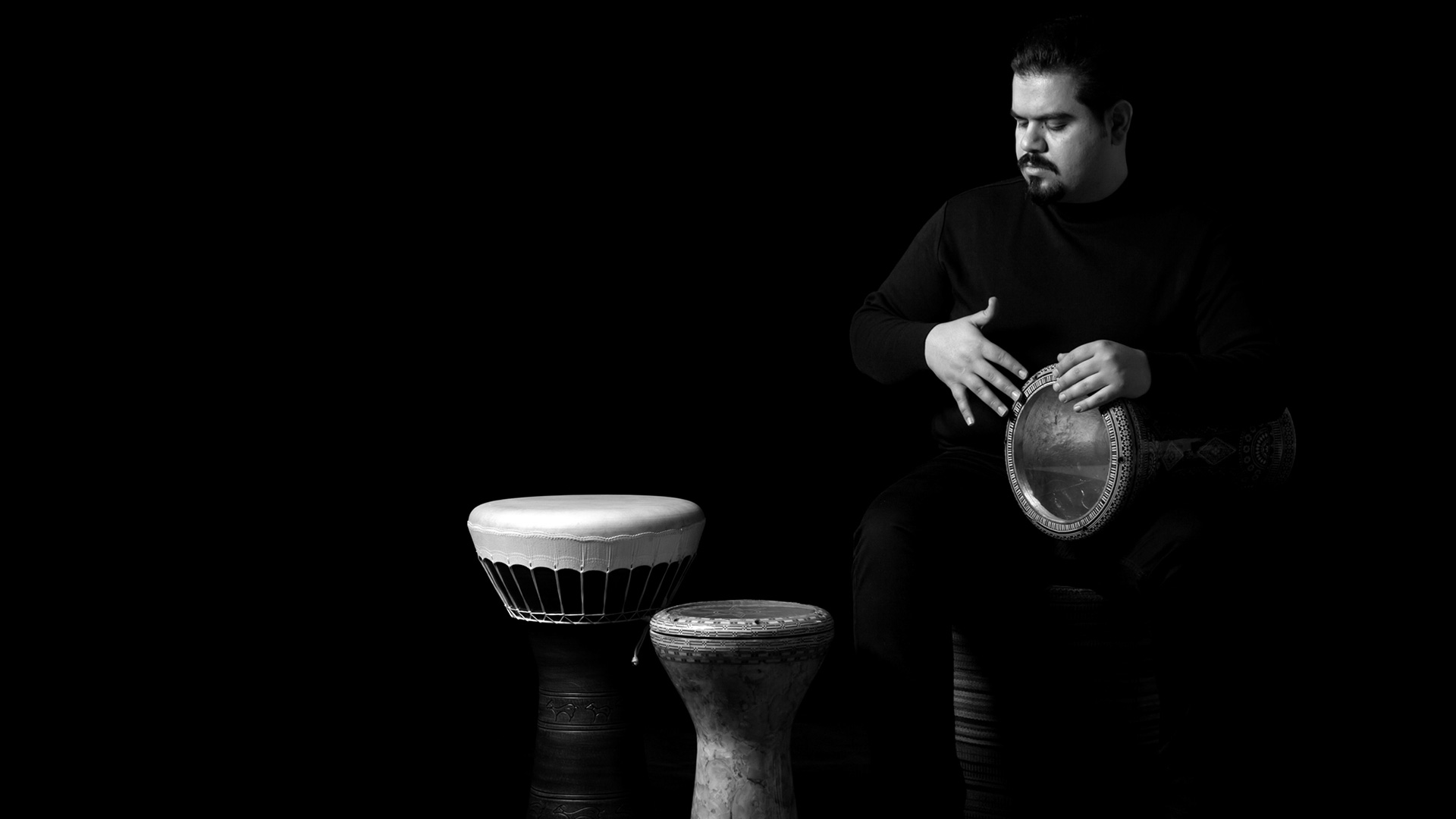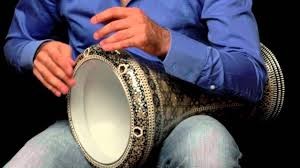
Darbuka (history and teaching method)
History:
Darbuka is an instrument from the category of skin-sound percussion and goblet-shaped that its body is made in two types of metal and ceramic. Metal darbukas are made of aluminum, copper, iron and so on, which are usually synthetic-skinned and natural skin is mostly used for ceramic darbukas. Darbuka is originally related to the Middle Eastern countries, where differences are seen among the Arabic, Turkish and Iranian cultures. This instrument is called tabla or darbuka in Arabic music, which plays a very key role. And it is an inseparable part of the festive music of the Arabs, which is usually accompanied by dance. In Turkish music, this instrument is also very important and is known by names such as darbuka and dumbek. The technique of playing by the Turks has its own specific characteristics, among which one can mention the complex finger techniques of the hand. Which has made this instrument one of the most complete percussion instruments in contemporary times.
Darbuka in Iran
In Iranian culture, darbuka, which is generally known as tempo, has been a popular instrument and is seen in various styles of Iranian music. This instrument is used in traditional, fusion and pop music of Iran. And it also has an important role in the indigenous music of southern Iran, which is used both independently and in combination with other percussion instruments such as zarb. In addition to these, darbuka is a multicultural instrument that is used today from Africa to India and even in modern Western music. Among the prominent players of this instrument, one can name Master Misirli Ahmet and Master Hamdi Akatay.

The teaching method of Darbuka
Generally, darbuka is played in two styles of playing, including Arabic and Turkish styles, which the beginning of the class is with teaching the correct way of holding the instrument and playing the basic movements. At the beginning of the course, it is taught according to the Arabic method. And after mastering the simple, compound and Arabic long rhythms, and the Egyptian, Moroccan and Syrian figures and so on, the instruction continues with the Turkish method. The Turkish teaching method is based on the darbuka instruction book by Master Hamdi Akatay and the authored booklets by Roozbeh Zarei, and includes topics such as split finger techniques, rhythmic cycles and finger rolls.
Additional course
In the additional course, familiarity with polyrhythm and local rhythms of southern Iran is created and playing in styles such as pop, modern, fusion, jazz with the approach of ensemble and solo playing is taught.
